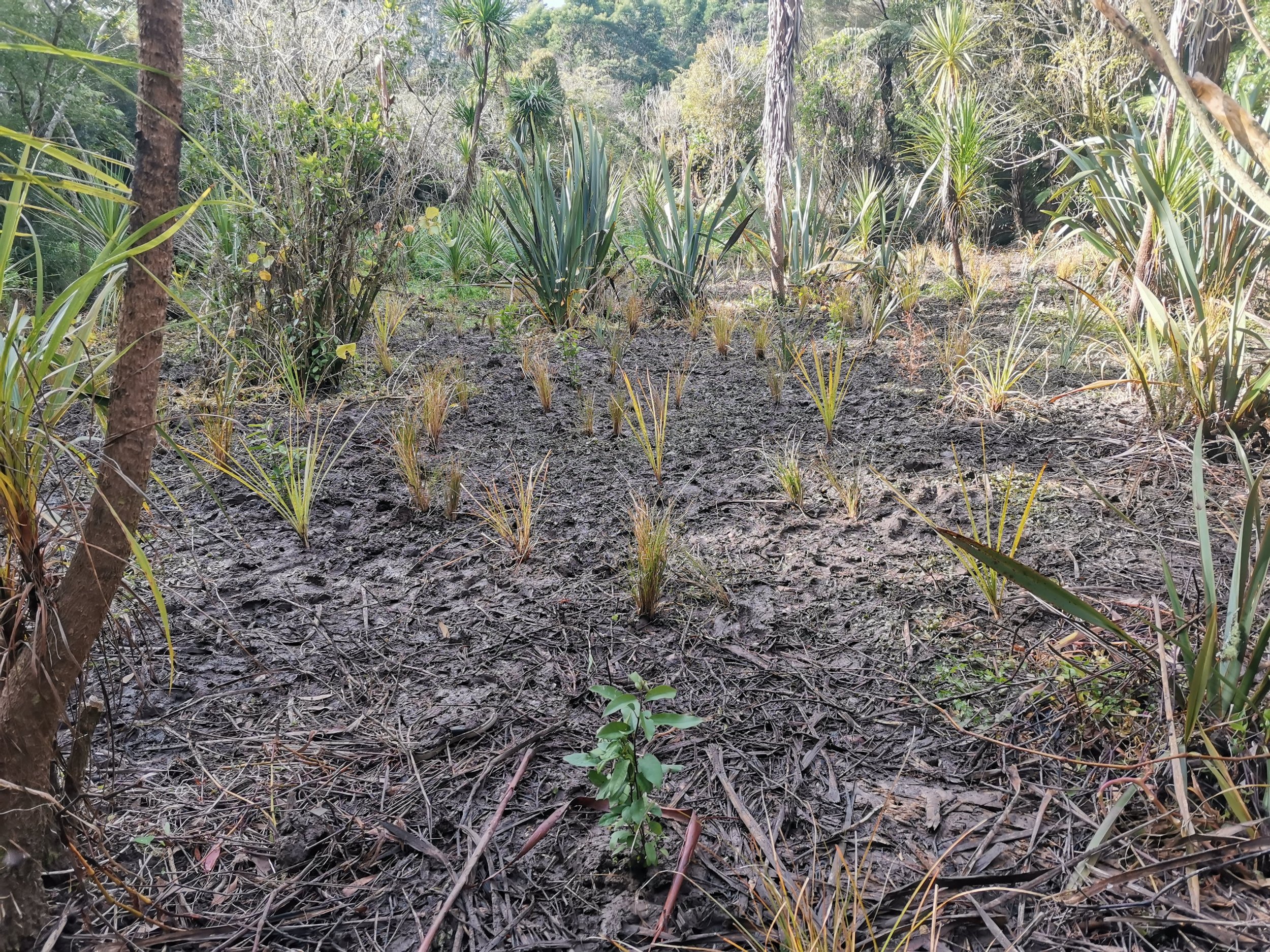
Sparking Children’s Curiosity Through Ecology
We are all on a journey to understand the world around us—how it all works and where we, as people, fit within the natural world. This journey begins by asking questions, and no one does this more eagerly than young people. Community Waitākere Environmental Education Coordinator, Bronwyn Smith, continues.
“Tamariki get really curious and ask good questions when they’re exposed to ‘hands on’ learning experiences that are meaningful to them. Harnessing the power of curiosity is at the heart of our work with schools as part of the Ngā Puna Manaaki Īnanga, our Whitebait conservation project.”
In collaboration with Whitebait Connection and with funding from the Henderson-Massey Local Board, Community Waitākere partners with schools and the wider communtiy to investigate what native species call our local waterways home, with a particular focus on Īnanga (a species of whitebait) and how we can protect and enhance streams to ensure their species can thrive?
Over five sessions, tamariki from Henderson’s Summerland Primary School took part in a hands-on learning experience exploring Paremuka Stream to determine what species inhabit the catchment bordering the school. Smith continues.
“Each session started with a question – what do we need to know now to better understand the health of Paremuka Stream? Tamariki were the scientists, and we (as teachers) assumed the role of guide to their learning.”
“It was fun visiting our stream and learning about the creatures that live in it. We never knew what Bronwyn and Aileen (WBC) would show us next!”
“The test results were fascinating. They told us the Paramuka awa (stream) had good water quality and good macroinvertebrate life, sufficient to support native fish species. But we had only seen native eels and caught one banded kokopu – a species of whitebait. Why only one banded kokopu when normally they hang out in schools? Why was there was no Inanga? We were learning alongside the students, it was great fun finding the clues with the students to understand this special stream,” Smith said.
By the fifth session, the group was delighted to verify a small school of Banded Kokopu call Paremuka Stream home. Bronwyn continues.
“It was exciting to confirm Banded Kokopu and Long Fin eels call Paremuka stream home. In the spirit of inquiry, we posed the question – now what? How might we help the Banded Kokopu?”
Sparking the next chapter, the group are now focussed on identifying and protecting the native fish’s habitat, particularly it’s breeding grounds. Smith continues.
“Through Ngā Puna Manaaki Īnanga, students have actively engaged in process of learning and knowledge creation. They’re developing the foundations for critical thinking, problem solving and collaboration – skills which will serve them throughout their lives. Most importantly, they understand the importance of protecting our native ecosystems and are curious to explore what their unique role might be on this lifelong journey.”.
Planting is now underway to restore the banks of the stream and wetland area with native flora and fauna. Once established, these native plants will provide protection and shelter for Banded kokopu whilst supporting the broader wetland ecosystem.
The group remain committed to protecting the local catchment of Paremuka Stream, with further work continuing in 2025.
Nga Puna Manaaki Īnanga
Ngā Puna Manaaki Īnanga is in an effort to identify, protect and enhance īnanga spawning habitats across the Henderson Massey Local Board area. Schools, volunteers and local community groups are supported to find out more about īnanga in their local rohe and determine ways they can help this taonga species thrive.
Ngā Puna Manaaki Īnanga is a collaboration between Whitebait Connection and Community Waitākere and has been supported by the Henderson Massey Local Board since 2017. For more information, contact our team here.


